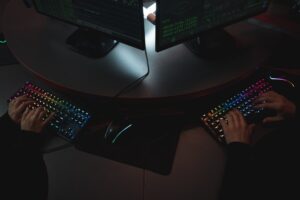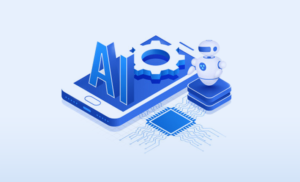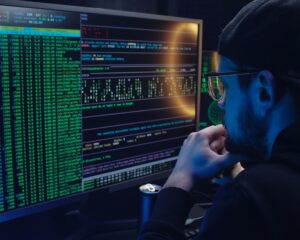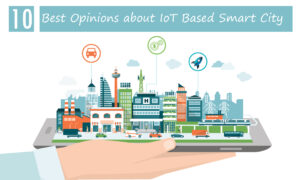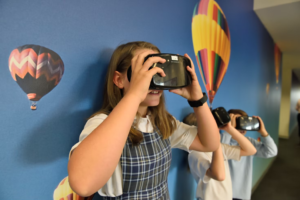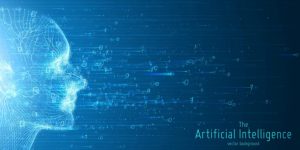For decades now, machines have become increasingly sophisticated and capable of taking over more manual tasks. Humans have been displaced from those jobs, but cries against the rise of robots have been countered by the suggestion that advances in technology always generate new jobs.
“The implication is that you have to learn the necessary skills first. And for many people, that’s simply unrealistic, on top of concerns regarding supply and demand for available positions.”
For instance, a single system of machinery could displace dozens of workers from assembly-line jobs. There would only be a handful of posts generated for the maintenance of this equipment. The other jobs this technology creates would be on the supplier side, and workers would likely need to learn how to code first.
Realistically, this leaves most of today’s workforce with only one option: developing creativity. Whether or not we realize it, being creative and constantly reinventing yourself is the only way to flourish in a future dominated by AI.
A Losing Race
The race against the machine is a real phenomenon. Research shows that since the Second World War, productivity and total employment have slowly become decoupled from one another in the US.
Technology has steadily led to increases in productivity, rapid innovation, and an overall rise in affluence in our society. But the average person is falling behind. Their skills can’t keep up, and organizations struggle to find roles for their displaced manpower.
It’s no surprise that thought tanks like Deloitte have emphasized that our most important skills in the future will be those that are inherently human. The majority of people can’t be expected to match the pace of technology-driven change. But if we can leverage key human attributes, we can still find a place amid the machinery of tomorrow.
The Core Human Attribute
Among the many essential human skills, creativity may be the most critical to any individual’s prospects. It’s the last frontier where human beings can differentiate themselves from AI.
There have been several attempts to develop machines that can replicate human creativity. Some have produced musical compositions in Bach’s style of art that appears to have been painted by the human hand. These AI creations can fool critics and experts as well as the casual observer.
But they merely imitate creativity, in the same way, that most apprentice artists learn their craft by emulating past masters. True creativity comes from our attribution of meaning to the act of creation. It’s as much about the artist speaking to their audience as it is about our listening and appreciating the work.
Embracing Creative Re-Invention
“Creativity is about making connections, as Steve Jobs once said.”
Any machine can learn and master information more quickly and thoroughly than a human ever could. But only a human can make the intuitive leap and perceive unusual applications for that knowledge.
You could devise an algorithm to find out what musical pieces are appropriate to a student’s level. But only a human teacher could give them piano lessons that they can enjoy and look forward to, even rehearsing for many years afterwards.
Creative thinking is what allows us to not only generate new and unique works of craft but also to understand and appreciate the works of others. Businesses practically apply this all the time. They listen to audience needs, come up with different products, and see which one holds value.
Apply the same principle to your career. Be in a constant state of reinvention. Use your creativity to make the connections machines can’t. It will help you constantly find new opportunities where your existing skills can be leveraged rather than going back to the drawing board.


